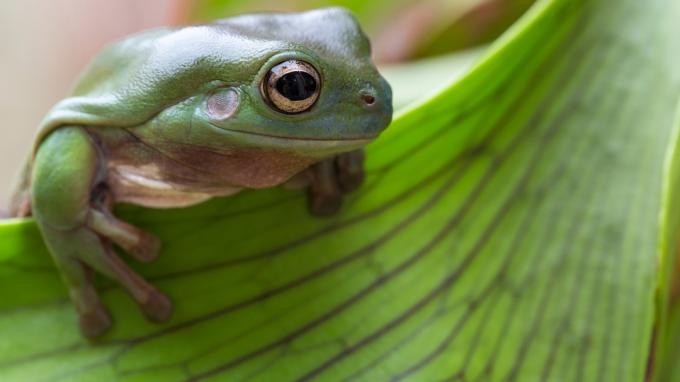
It is not news that ingesting water is very important for our body. This also happens to other beings different from us, human beings. On the other hand, studies reveal that there are some animals that survive their entire lives without even ingesting a drop of water directly. Were you curious to know what they are? See below the animals that do not need water to live.
see more
Company launches the 1st "flying saucer" for crew members; meet…
Mercury entered Leo; find out how it will impact your sign
Now check out the five animals that live peacefully without ingesting water:
Giraffe gazelles, like other animals of the savannah and warm climate regions, have adapted well to the scarcity of water. They even manage to go through their whole life without tasting a minimum of the liquid.

For their organism to be supplied, they feed on plants. Furthermore, their nasal cavities are adapted to retain moisture and prevent their loss of breath.

Of African origin, the naked mole rat is able to withstand certain types of pain and survive without oxygen for up to 18 minutes. He doesn't even age, so his chance of dying doesn't increase over time.
To provide water for the organism, it eats plants, mainly roots and tubers.
Inhabitants of the sandy regions of the Great Desert of Australia, the thorny devil has an evolutionary process that made it possible to live without drinking water.

It takes advantage of your body's texture to absorb and retain water. It condenses on the surface and water is absorbed by it, ensuring hydration.

The kangaroo rat is one of the 22 species of mice native to arid regions in North America. The animal is so adapted to the dry conditions of the desert that it may never drink water.
To survive, they draw liquid from the seeds, which are then transformed into water through their body's metabolism.

The Australian green tree frog is a frog species that has a different method of staying hydrated. She seeks, throughout the day, places with a milder temperature.
It is at this moment that water condenses on your skin to form small drops.
